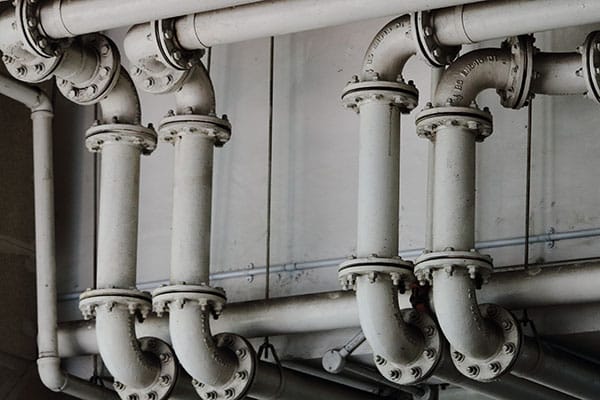Imbema Cleton/ Rhiwa
Imbema helps organisations in industry, energy, logistics and transportation in creating a safe and efficient working environment since 1947. With the right products and services they support operational assets. Their specialists support with engineering, testing, mounting and certificating assets.
Imbema is a stable privately held family business with more than 250 employees. They see that their clients are getting more and more digital. In order to keep up with the development they are changing the company from product based into more services based.
Our approach in different phases
1. 'Fix the plumbing'
Create a way to order products on the website of Imbema.com:
- Creating website landing pages
- Creating product order pages
- Setting up a payment process
2. Setting up growth analytics
Setting up ways to gather data and analyse results by setting up:
- Advanced Google Analytics setup
- Google Tag Manager
- Hotjar
3. Running Growth Hack Experiments
In this phase we executed Growth Hack experiments
- Finding new digital channels
- Creating new ways of communicating
- Creating new steps in the customer journey
Fix the plumbing
In the first phase we always start with identifying shortcomings before we can do experiments. For instance, if a company wants to sell products online but has no webshop, we need to create this. We call this phase ‘fix the plumbing’: take necessary steps before we can actually start doing experiments.
Setting up Growth Analytics
We need data in order to measure the effectiveness of the experiments. Therefore we needed an advanced Google Analytics setup that gave us insights in events that take place on the website and the goals that were reached. Furthermore we needed a Google Tag Manager setup to trigger events and Hotjar for monitoring user behaviour.
Running Growth Hack experiments
In the last phase we executed Growth Hack experiments. We worked according to the ‘build, measure and learn’ method. In iterations we learned which channels worked best and which did not.








